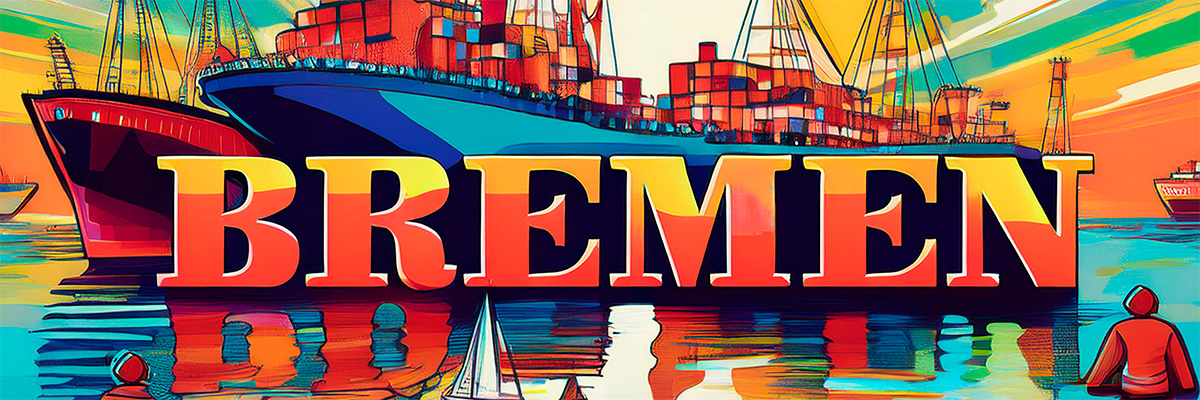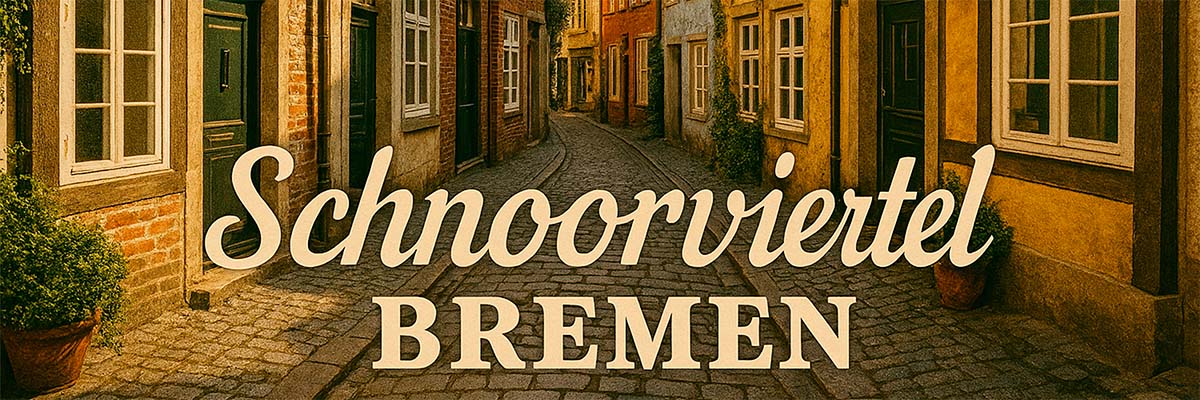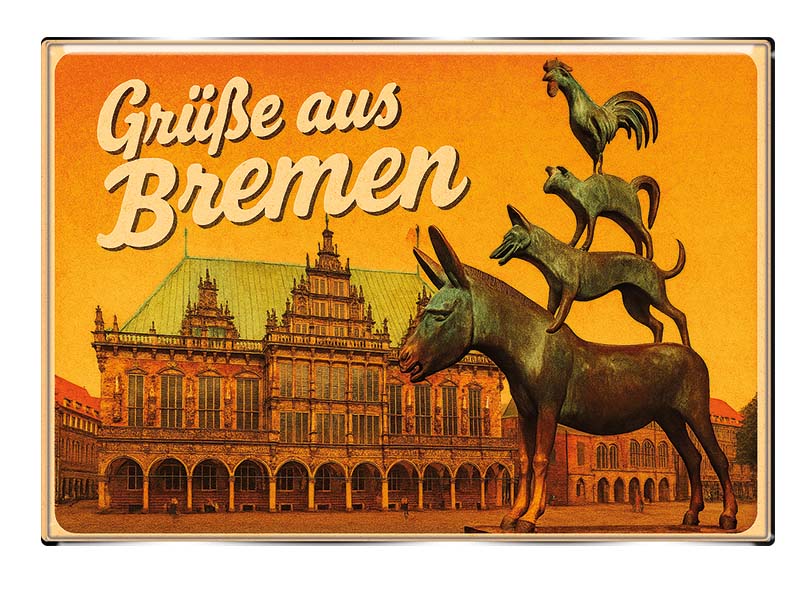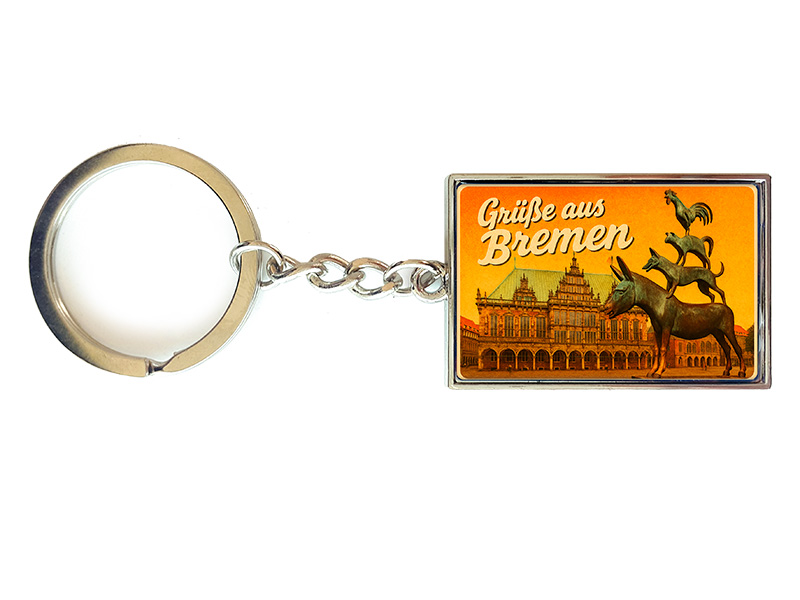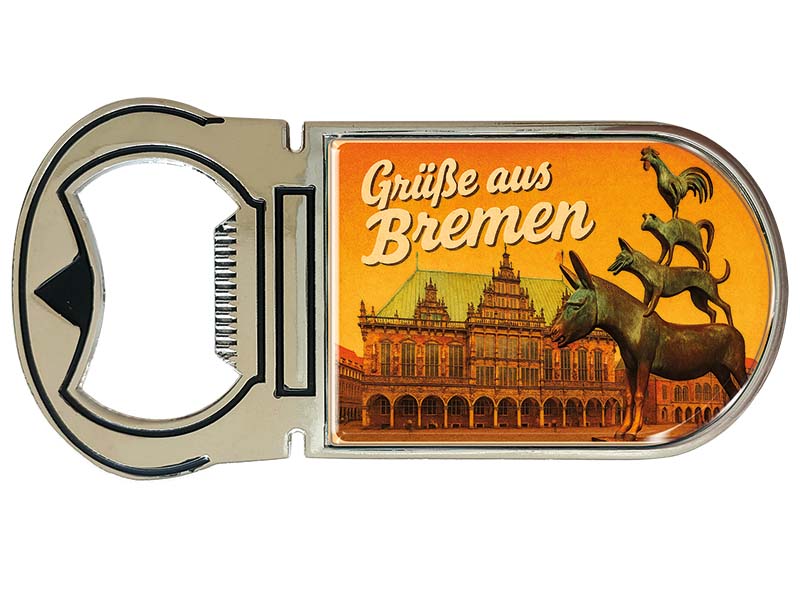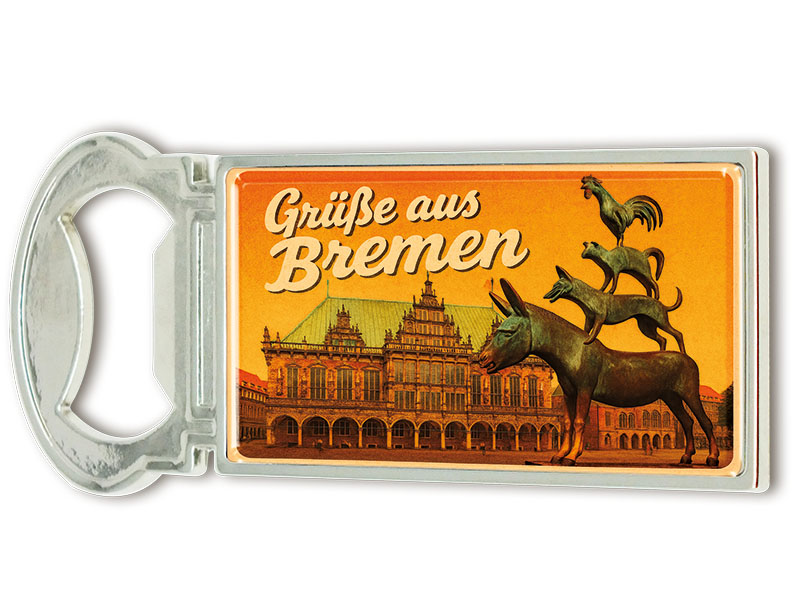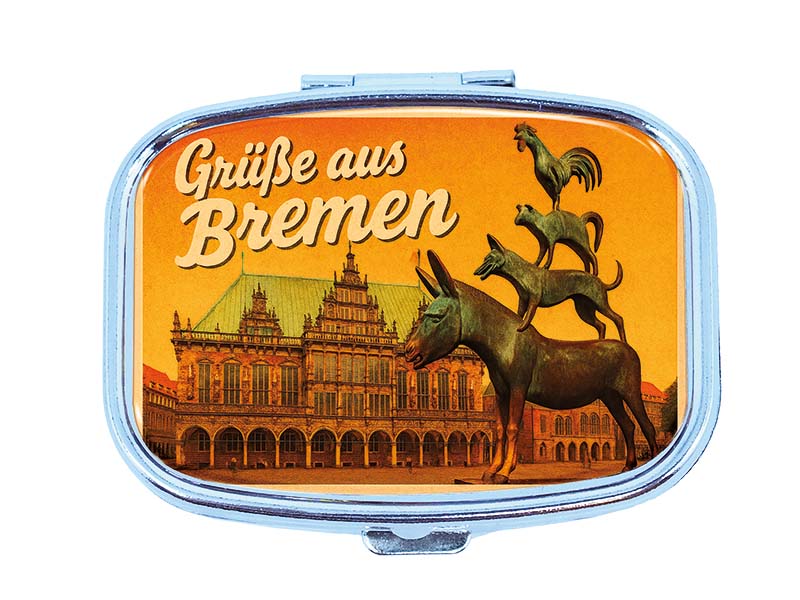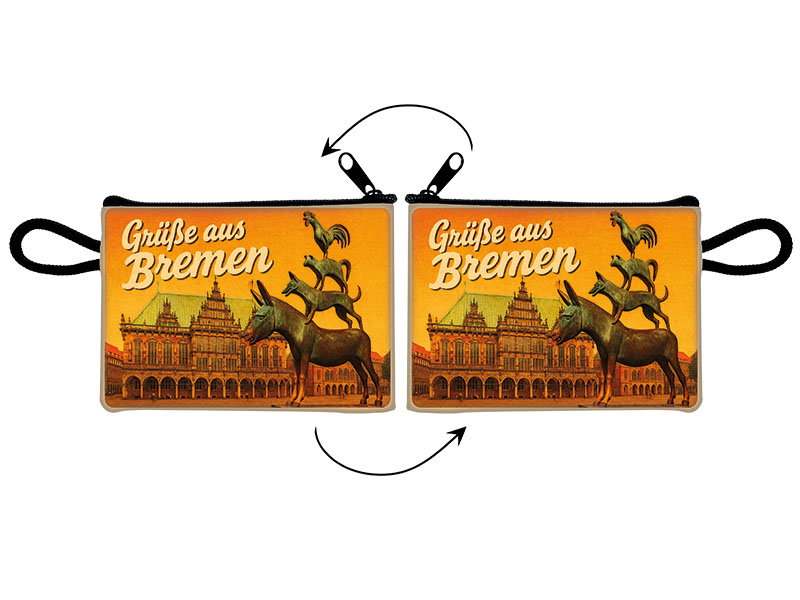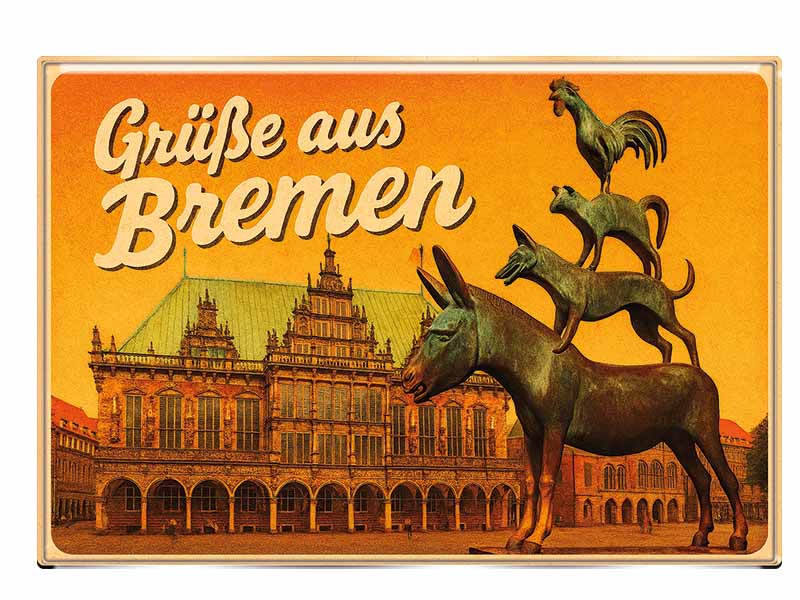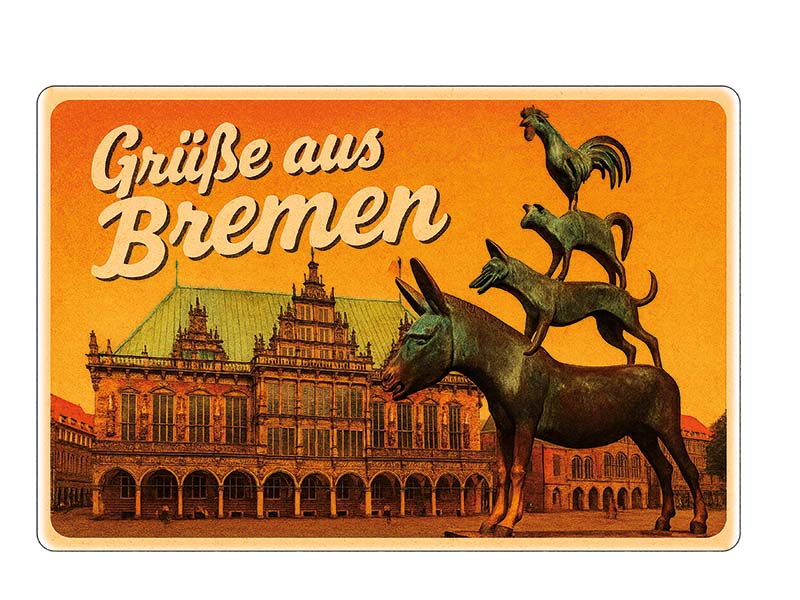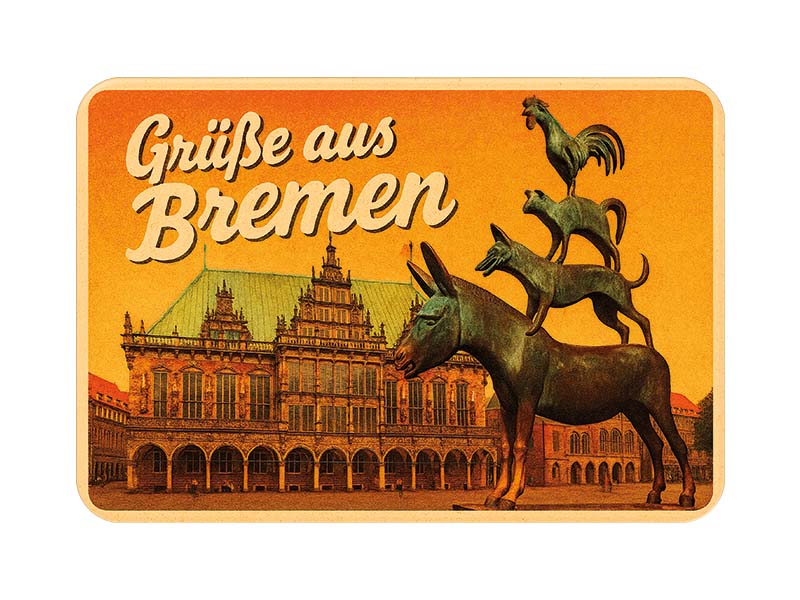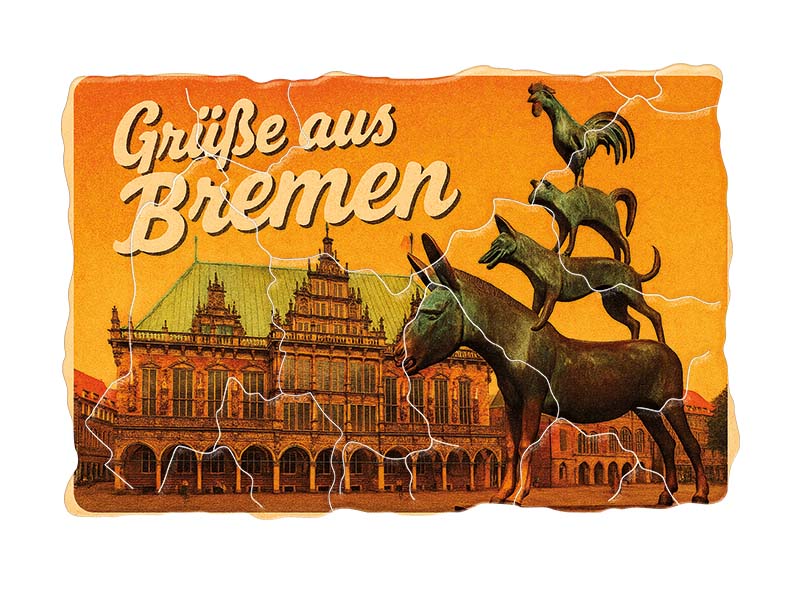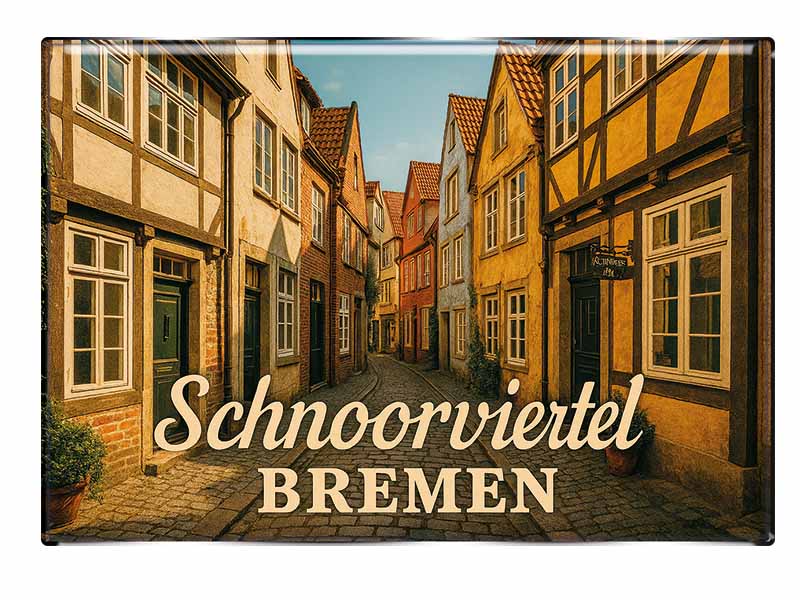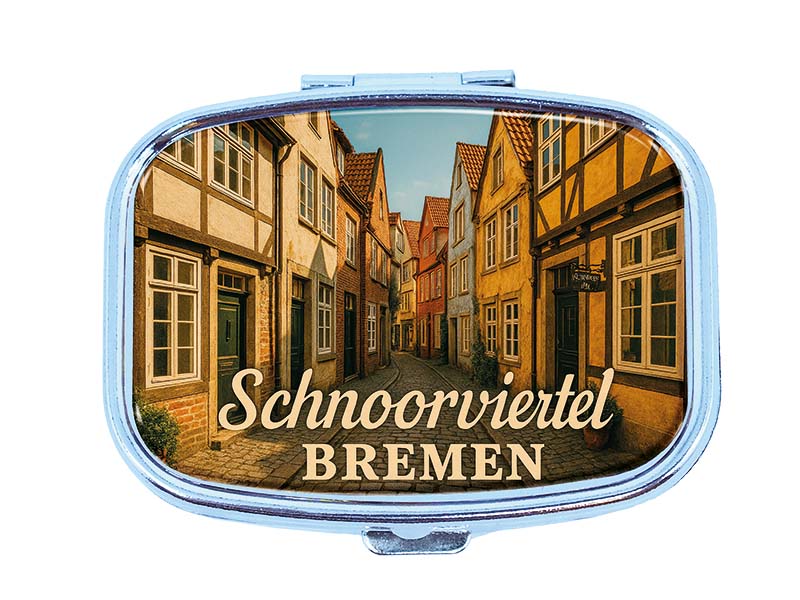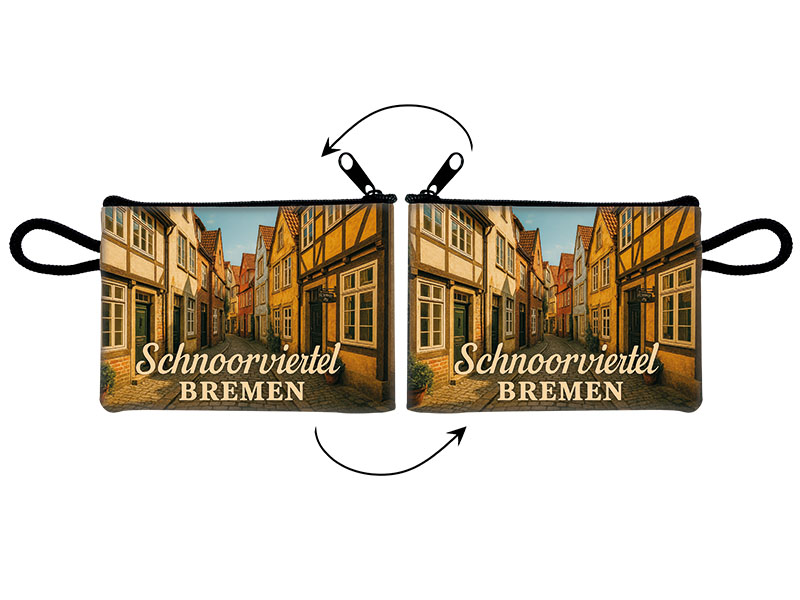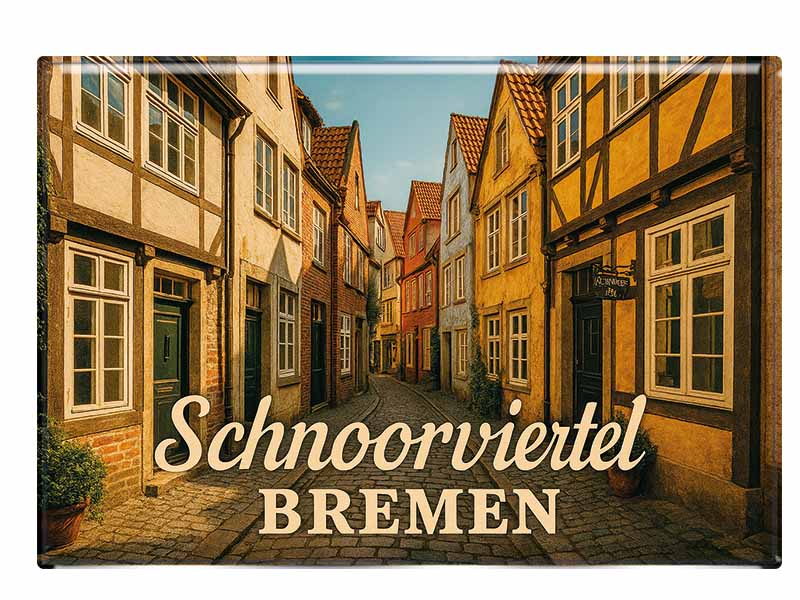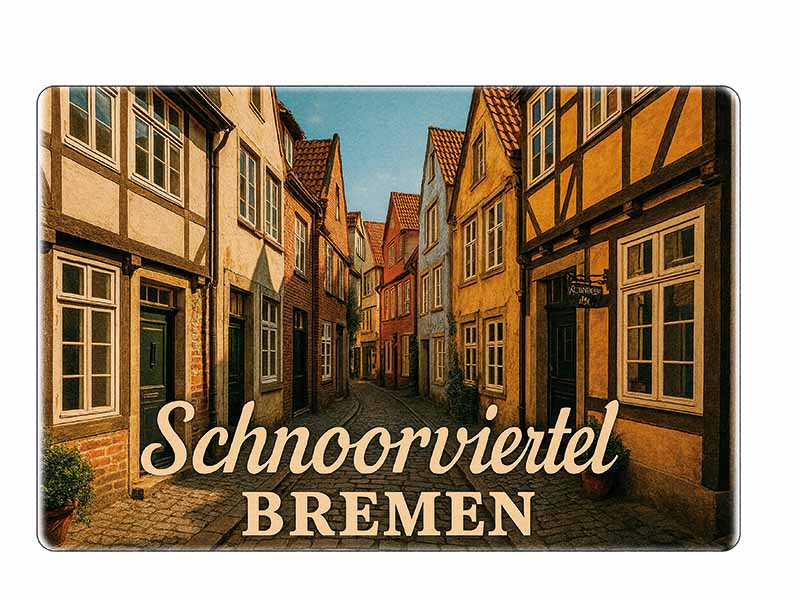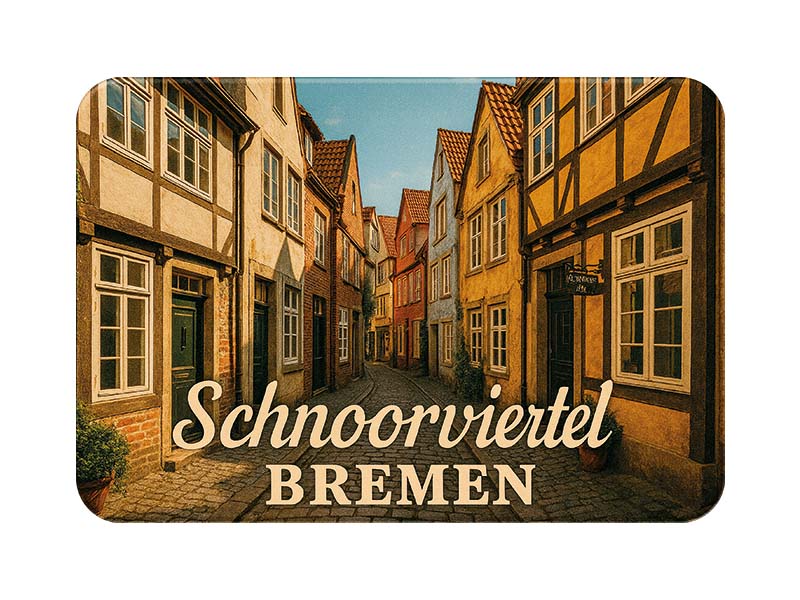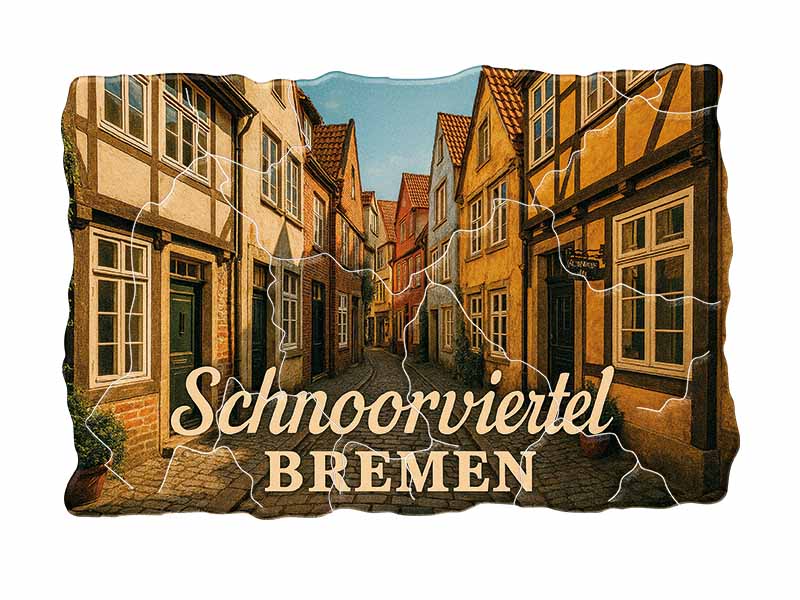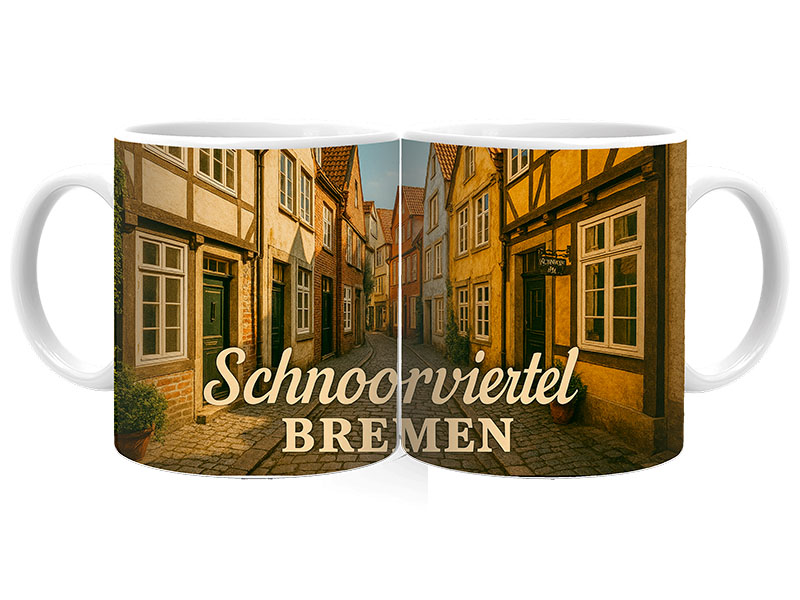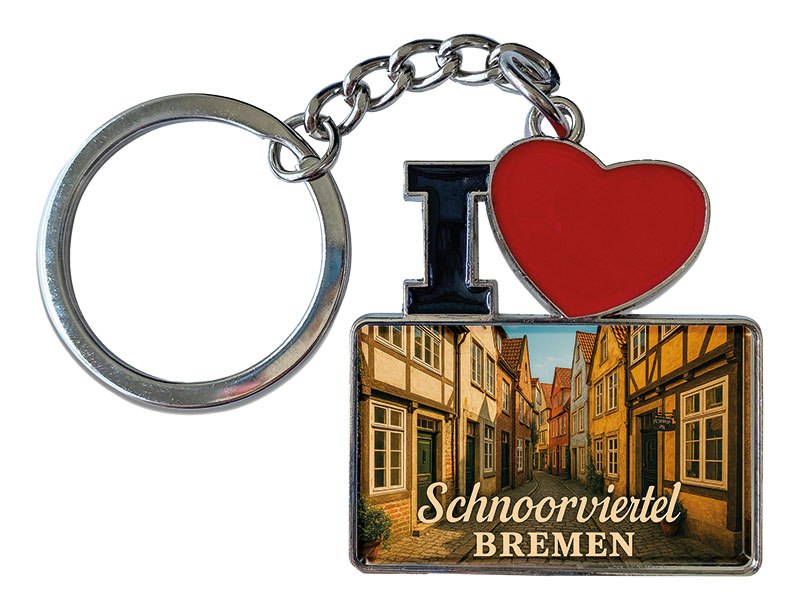- Vehicles
- Figures
- Witches
- Carnival
- Canvas
- Magnets
- Materials
- Maritime
- Hats
- New products
- Personalize
- Plush
- Dolls
- Collectible figures
- Keychain
- Special production
- %Special offers%
- Money boxes
-
Cities - Regions
- Bad Säckingen
- Bamberg
- Bayerischer Wald
- Berchtesgaden
- Berlin
- Bodensee
-
Bremen
- Brocken
- Chiemsee
- Cochem
- Dinkelsbühl
- Dresden
- Eibsee
- Frankfurt
- Freiburg
- Gardasee
- Garmisch-Partenkirchen
- Hamburg
- Harz
- Heidelberg
- Helgoland
- Insel Mainau
- Kleinwalsertal
- Koblenz
- Köln
- Königssee
- Leipzig
- Lübeck
- Mecklenburgische Seenplatte
- München
- Nürnberg
- Oberammergau
- Passau
- Potsdam
- Quedlinburg
- Regensburg
- Rothenburg
- Rügen
- Schwarzwald
- Stuttgart
- Sylt
- Titisee
- Traunsee
- Triberg
- Ulm
- Wernigerode
- Bags/Backpacks
- Textile
- Animal
- Subjects
More information? sign in.
More information? sign in.
More information? sign in.
More information? sign in.
More information? sign in.
More information? sign in.
More information? sign in.
More information? sign in.
More information? sign in.
More information? sign in.
Bremen – A Historic Hanseatic City with Charm and Maritime Flair
The Free Hanseatic City of Bremen is one of Germany’s oldest and most tradition-rich cities. As a city-state, it forms the smallest federal state in the country along with the port city of Bremerhaven. Bremen is not only an important economic hub but also a cultural and historical center in northern Germany. With its picturesque streets, impressive landmarks, and maritime roots, the city attracts numerous visitors every year.
History and Origins
Bremen’s history stretches back more than 1,200 years. The city was first mentioned in a document in the year 782 by Charlemagne. It quickly developed into an important ecclesiastical center – in 787 it became a bishopric and by 845 it was elevated to an archbishopric. Bremen’s strategic location on the Weser River significantly contributed to its economic importance.
In the Middle Ages, Bremen became a member of the Hanseatic League, a powerful alliance of North German merchants and cities. This affiliation strongly shaped the city’s development for centuries. Even after the Hanse lost its influence in the 17th century, Bremen remained a free city-state.
Throughout the Reformation and the turmoil of the Thirty Years’ War, Bremen managed to preserve its political independence. In the 19th century, the city became part of the German Confederation and later the German Empire, while maintaining its special status as a “Free Hanseatic City.”
During World War II, Bremen suffered severe destruction from Allied air raids. After the war, the city was rebuilt and rose again as an important industrial hub, especially in shipbuilding, the food industry, and aerospace technology.
Geographical Location and Federal State
Bremen is located in northwestern Germany along the Weser River, about 60 kilometers from the North Sea. The city lies in the northern German lowlands and is part of the North West Metropolitan Region. Its landscape is shaped by rivers, canals, and parks, giving Bremen a green and water-rich character.
Politically, Bremen forms a federal state together with Bremerhaven, located about 60 kilometers to the north. This two-city structure is unique in Germany. Both cities share a government but maintain many separate administrative systems.
Population
Bremen has a population of around 570,000 (as of 2025), making it the 11th largest city in Germany. The entire federal state of Bremen has approximately 680,000 residents, with around 110,000 living in Bremerhaven.
Bremen’s population is culturally diverse and internationally influenced. About one-third of its residents have a migration background. This diversity is reflected in the city’s food, culture, and overall atmosphere.
Main Attractions
Bremen offers a variety of attractions that blend historical depth with modern flair:
-
Bremen Town Hall and Roland Statue: Located on the historic market square, both the UNESCO World Heritage-listed town hall and the Roland statue symbolize the city’s freedom and independence. The Roland has stood here since 1404.
-
Bremen Town Musicians: The bronze statue of the famous fairy tale characters – donkey, dog, cat, and rooster – next to the town hall is a must-see. The Brothers Grimm story is known worldwide.
-
Schnoor Quarter: Bremen’s oldest district features narrow alleys and charming half-timbered houses from the 15th and 16th centuries – a picturesque medieval atmosphere.
-
Böttcherstraße: An artistic street built in the 1920s, filled with expressionist architecture, museums, and artisan shops.
-
Universum Bremen: A hands-on science center that offers interactive exhibits on technology, humans, and nature – fun for all ages.
-
Bürgerpark: One of the largest urban parks in Germany, perfect for relaxing, cycling, or walking.
-
Überseestadt: A redeveloped former harbor district that blends modern architecture, innovative businesses, and lively cafés.
Tourism and Visitor Numbers
Bremen is a popular destination for city breaks, culture lovers, and families. Each year, the city welcomes around 2 million tourists. The Christmas market, set against the backdrop of the historic old town, is particularly popular and draws visitors from across Europe.
Other major events include the Bremen Freimarkt – one of Germany’s oldest funfairs – the Maritime Week, and the La Strada international street art festival.
Bremen is easily accessible thanks to its central location and excellent infrastructure, including highways, the Bremen Airport (Hans Koschnick), the main train station, and nearby seaports.
Famous People from Bremen
Bremen has produced or hosted many well-known figures from different fields:
-
Loriot (Vicco von Bülow): The legendary German humorist spent part of his childhood in Bremen.
-
Jan Böhmermann: A popular satirist and TV host, born in Bremen.
-
Werder Bremen legends like Thomas Schaaf and Otto Rehhagel left a lasting mark on the city and its football culture.
-
Klaus Doldinger: A renowned jazz musician and composer, known for the Tatort theme and Das Boot soundtrack.
-
Paula Modersohn-Becker: A pioneer of expressionism who lived and worked in the nearby artist colony of Worpswede.
-
Bettina Tietjen: Well-known television host, also born in Bremen.
Local Food and Drinks
Bremen’s cuisine is hearty, regional, and influenced by its proximity to the sea. Traditional dishes include:
-
Kale and Pinkel: A winter dish made of kale, smoked sausage (Pinkel), pork, and bacon – a northern classic.
-
Knipp: A type of meat-and-oat sausage, typically served with fried potatoes and pickles.
-
Bremer Labskaus: A mash of corned beef, potatoes, and beetroot, often served with pickled herring or a fried egg.
-
Matjes sandwiches: Popular fish snacks featuring young, lightly pickled herring in a bread roll.
As for drinks, Beck’s Beer is Bremen’s most famous export, brewed in the city since 1873. Haake-Beck, a local brand, is also widely enjoyed. Bremen also has a long tradition of coffee trading – at one time it was one of the main ports for coffee imports in Europe, and this legacy lives on in local roasteries.
Typical Souvenirs
If you want to take a piece of Bremen home with you, there are plenty of authentic souvenir options:
-
Bremen Town Musicians figurines: Available as keychains, snow globes, mugs, and mini sculptures – the city’s most iconic symbol.
-
Beck’s Beer gift sets: Often sold with branded glasses and stylish packaging.
-
Babbeler: A traditional peppermint candy stick, hard and sweet – unique to Bremen.
-
Bremen-themed chocolate: Regional chocolatiers offer sweet treats wrapped in city-themed packaging.
-
Local coffee: Specialty coffees from local roasters like Münchhausen or Cross Coffee make for aromatic gifts.
-
Crafts from the Schnoor: Handmade soaps, ceramics, jewelry, and art pieces can be found in the artisan shops of the old town.
Conclusion
Bremen is a city of contrasts and harmony: a place where history meets modernity, where maritime heritage lives on, and where cultural diversity is part of everyday life. Whether you're exploring the medieval charm of the Schnoor, admiring the UNESCO-listed market square, or savoring traditional northern German dishes, Bremen offers something for every traveler.
With over 1,200 years of history, a strong identity as a free Hanseatic city, and a warm, welcoming atmosphere, Bremen is a northern German gem waiting to be discovered.


